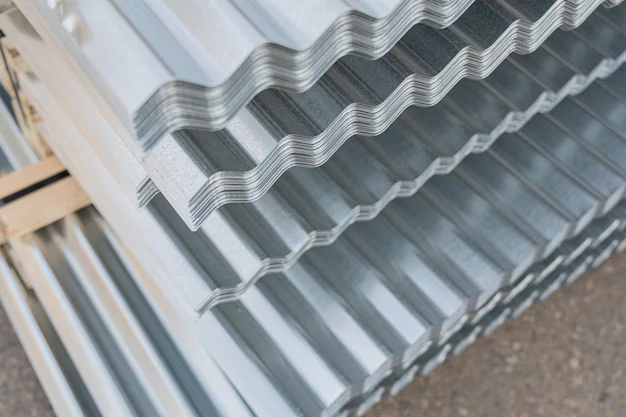A Step-by-Step Guide to Installing Your Metal Roof
Installing a metal roof can be one of the wisest investments you make for your home. With its longevity, durability, and energy efficiency, it's no wonder more people are choosing metal roofing. But how do you go about putting one up yourself? Although it requires precision, following some key steps can make the process manageable for those with a DIY spirit.
Prepare Your Materials and Tools
Before you start, gather the necessary supplies. You'll need metal roofing panels, screws, and underlayment. Additionally, don’t forget tools like a drill, hammer, and snips. Ensure you measure your roof properly to purchase the right amount of materials.
Safety Comes First
Working on a roof can be dangerous, so always prioritize safety. Wear non-slip shoes, use a sturdy ladder, and consider harnesses for protection against falls. Having an extra set of hands isn't just helpful; it’s a must.
Remove Old Roofing
If you have existing shingles, remove them before starting. Although some metal roofing systems allow for installation over shingles, completely removing the old roofing ensures you prevent future moisture issues.
Install the Underlayment
Begin with placing the underlayment. This acts as a barrier against moisture and is crucial for protecting your home. Roll it out evenly, ensuring there are no gaps, and secure it with roofing nails.
Align and Lay the Metal Panels
Start from one corner at the bottom edge of the roof. Align the first metal panel so it is square to the roof edge, then secure it with screws placed in the ridges. Overlap subsequent panels by a few inches to protect against leaks. Use the appropriate lengths of screws and drive them in straight to avoid water penetration.
Cap the Ridge
Once the panels are in place, install the ridge cap, which is the metal piece that covers the peak of your roof. This is essential for keeping out rain and snow. Again, ensure you screw it securely in place.
Handle the Edges
For a neat, waterproof finish, install drip edges and flashings. These are key for redirecting water away from the roof structure and should not be overlooked.
Regular Maintenance
While metal roofs are known for their durability, they still require occasional maintenance. Check periodically for loose screws and clean any debris that might accumulate.
Thinking of the financial aspect, installing a metal roof can be pricey upfront but brings long-term savings. If budget constraints are a concern, several financial resources can support your project. Whether it’s through government programs or personal budget solutions, there's an option out there for you.
- 💸 Government Home Improvement Grants: These can sometimes cover expenses for eco-friendly home updates like metal roofing.
- 📈 Low-Interest Home Improvement Loans: Banks or credit unions may offer these specifically for renovations.
- 💳 Credit Card Options: Look for credit cards with home improvement rewards or 0% introductory APR periods.
- 🌱 Energy Efficiency Grants: A metal roof boosts energy efficiency; some states offer grants or rebates that recognize this.
- 📚 Educational Opportunities on Home Renovation: Online courses can refine your DIY skills, potentially saving you labor costs.
Investing in a metal roof not only bolsters home value but often unlocks financial benefits through energy savings and reduced maintenance. With the right approach and resources, you can transform your roofing project into an asset for years to come.
